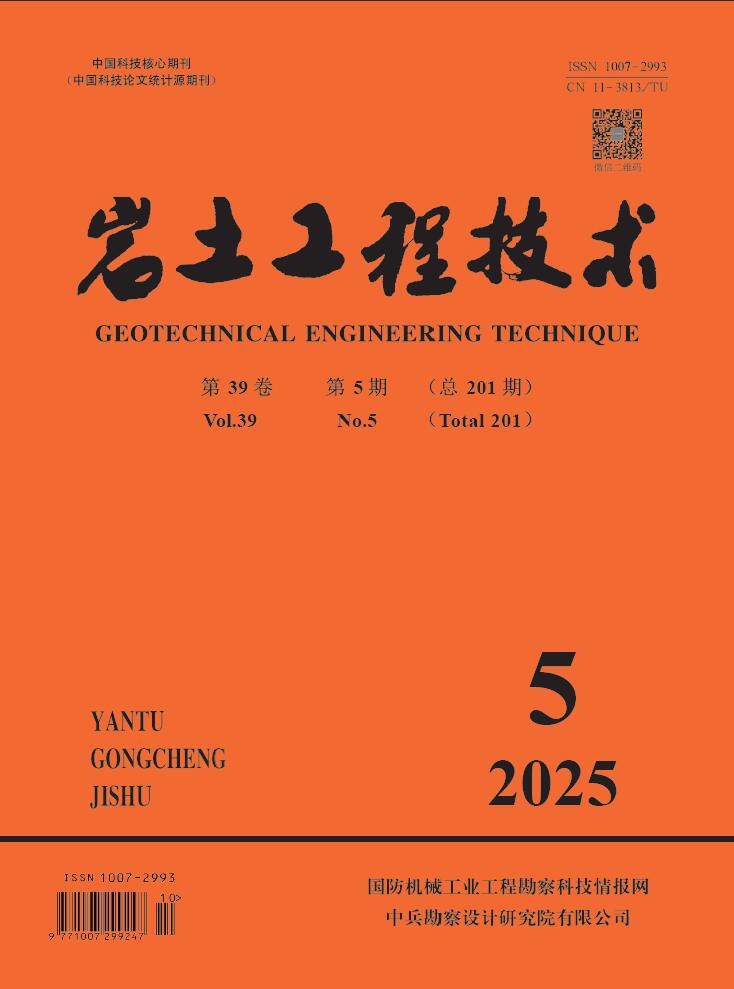Abstract:
To solve the construction issues of irregular connection passages in subway tunnels with significant gaps and vertical misalignments, a structural scheme involving the incorporation of vertical shafts at the midpoint of the connection passage was proposed, alongside a dual-channel method where both the upper and lower passages were separately frozen and constructed. An empirical study scrutinizing the patterns of temperature variations and ground surface displacements during the freezing process was conducted, revealing the following results: (1) The fluctuations in temperature recorded at the monitoring holes during the freezing phase can be delineated into three distinct stages: a rapid decline in temperature during the early active freezing stage, followed by a stable decrease in temperature in the latter part of the active freezing stage, temperature stability in the early stage of the segment and finally a sustained increase in temperature during the later part of the maintenance freezing stage, exacerbated by ongoing excavation activities; (2) The speed of inward expansion of the freezing wall was found to be approximately 1.1 times higher than the outward expansion rate, illustrating a predominant inward growth during the freezing operations; (3) The ground deformation within the connection passage exhibited a rapid uplift during the active freezing phase. This was counterbalanced during the maintenance freezing phase, where the uplift induced by freezing was largely offset by the settlement caused by excavation, thus resulting in a generally stable trend; (4) At various burial depths, both vertical and horizontal ground freezing expansion uplift rates demonstrated a gradual decrease from the central axis of the connection passage moving towards either side. Furthermore, it was observed that greater burial depths resulted in a reduced discrepancy in ground freezing uplift rates; (5) The structural approach of installing vertical shafts at the midpoint of the irregular connection passage, complemented by individual freezing plans for the two vertically misaligned passages in the wide-spacing subway tunnel, proved to be a rational and viable solution for similar engineering projects.



